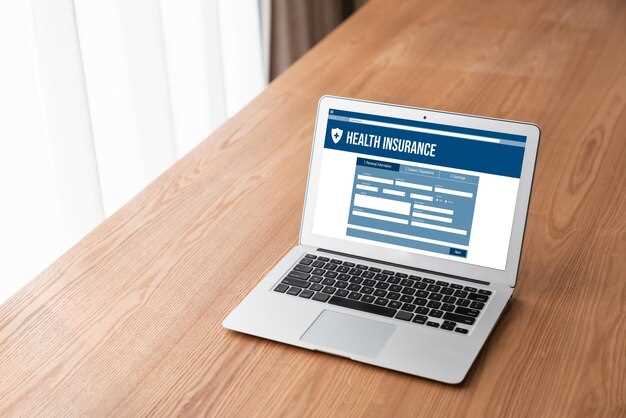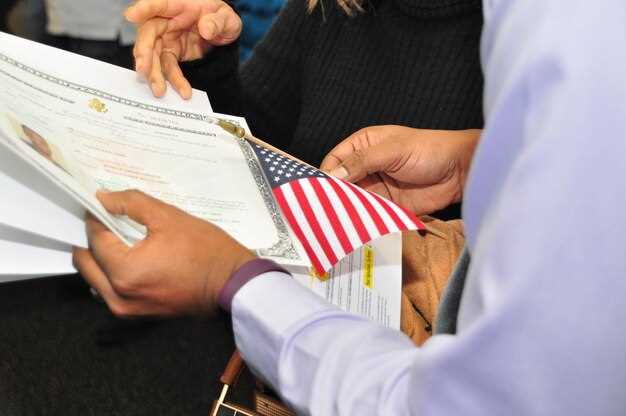
Transferring a title is a crucial process that varies from state to state, affecting vehicle ownership and legal responsibilities. Whether you’re selling a car, buying a new one, or inheriting a vehicle, understanding how to navigate the title transfer process locally is essential. Each state has its specific requirements, documentation, and steps that must be followed to ensure a smooth transition of ownership.
The title serves as the official proof of ownership for vehicles, making it vital to handle the transfer correctly. Failing to do so can lead to legal complications or even financial loss. As you prepare to transfer a title in your state, it is important to familiarize yourself with local laws and regulations that govern this process. Knowing what to expect can save you time, money, and unnecessary frustration.
This guide aims to provide a comprehensive overview of the title transfer process, highlighting key steps and common pitfalls. By following this localized approach, you can ensure you meet all the necessary requirements and complete your title transfer efficiently. Whether you’re a first-time buyer or a seasoned seller, this guide will serve as your roadmap to successfully managing title transfers in your state.
Gather Necessary Documents for Title Transfer

Transferring a title requires specific documents to ensure a smooth process. Start by obtaining the original title certificate from the seller, which must be signed over to you. It is essential for establishing ownership and verifying the vehicle’s history.
Next, prepare a government-issued photo ID, such as a driver’s license or passport. This document verifies your identity and is often required by local DMV offices during the transfer process.
Additionally, gather a bill of sale, which documents the transaction between the buyer and seller. This is particularly important if the title does not have a designated area for signatures. The bill of sale should include details such as the vehicle identification number (VIN), purchase price, and the names of both parties.
If applicable, be ready to provide any lien release documents if there was a loan on the vehicle. This proves that the debt has been settled and the title can be transferred without encumbrances.
Lastly, check with your local DMV for any additional requirements or forms specific to your state, as these can vary. Having all necessary documents in order will expedite the transfer process and help you avoid delays.
Visit Your Local DMV for Title Transfer Process

To initiate the title transfer process, it is essential to visit your local Department of Motor Vehicles (DMV). Each state has specific procedures and requirements for transferring a vehicle title, so visiting the DMV ensures you receive accurate and relevant information.
When you arrive at the DMV, you will need to gather necessary documentation, including the current title, a bill of sale, and identification. The staff can guide you through the specific forms required for the transfer process in your state.
Be prepared to pay any applicable fees associated with the title transfer, as these can vary from state to state. Understanding these costs upfront can help you avoid surprises during the visit.
Additionally, your DMV may offer online resources or appointments to streamline the title transfer process. Checking these options in advance can save time and make your visit more efficient.
Completing the title transfer at the DMV is a vital step in ensuring that ownership of the vehicle is legally documented, providing peace of mind for both the buyer and seller.
Understand Fees and Taxes Associated with Title Transfer
When it comes to transferring the title of a vehicle, understanding the associated fees and taxes is crucial for a smooth process. Each state has its own regulations, which can impact the total cost when you transfer the title from one owner to another.
Title Transfer Fees: Most states charge a fee for the title transfer process, which is typically a flat rate. This fee may vary based on local regulations and can often be found on the website of your state’s Department of Motor Vehicles (DMV) or equivalent agency. Make sure to check this information beforehand to avoid any surprises.
Sales Tax: In addition to the title transfer fee, you may also be required to pay sales tax on the purchase price of the vehicle. The rate can differ significantly from one locality to another, so it is important to review the specific tax rates applicable in your area. Understanding the taxable amount can help you budget accordingly.
Other Fees: Depending on your state, there might be other costs associated with the title transfer. These can include, but are not limited to, registration fees, lien recording fees, and any necessary inspections. Always inquire about these potential costs when planning your title transfer.
Local Regulations: Be aware that local jurisdictions may impose additional fees or taxes. It is advisable to consult your local DMV or relevant authority to gain insight into any specific local requirements that could affect the overall cost of your title transfer.
In summary, understanding the fees and taxes related to a title transfer in your state is essential. By being informed about these costs, you can ensure a seamless transaction and avoid unexpected expenses that could arise during the title transfer process.






